Bibliographic description
VAILAYA, Aditya; FIGUEIREDO, Mario A . T; JAIN, Anil K; ZHANG, Hong-Jiang. Image classification for content-based indexing [on line]. IEEE EXPLORE, january 2001. Available on: http://citeseer.ist.psu.edu/correct/686126
Dublin Core
Title : Image classification for content-based indexing
Creator : Aditya Vailaya, Mario A. T. Figueiredo, Anil K. Jain, Hong-Jiang Zhang
Subject : Image classification / Content-based / Indexing
Description : "Grouping images into (semantically) meaningful categories using low-level visual features is a challenging and important problem in content-based image retrieval."
Publisher : IEEE EXPLORE
Date : 2001-01
Type : article
Format : HTML
Identifier : http://citeseer.ist.psu.edu/correct/686126
Source : http://citeseer.ist.psu.edu/
Language : En
Relation : http://citeseer.ist.psu.edu/nrelated/1894793/686126
Coverage : USA
Rights : Copyright 2001 IEEE
Extract
"Grouping images into (semantically) meaningful categories using low-level visual features is a challenging and important problem in content-based image retrieval. Using binary Bayesian classifiers, we attempt to capture high-level concepts from low-level image features under the constraint that the test image does belong to one of the classes. Specifically, we consider the hierarchical classification of vacation images; at the highest level, images are classified as indoor or outdoor; outdoor images are further classified as city or landscape; finally, a subset of landscape images is classified into sunset, forest, and mountain classes. We demonstrate that a small vector quantizer (whose optimal size is selected using a modified MDL criterion) can be used to model the class-conditional densities of the features, required by the Bayesian methodology. The classifiers have been designed and evaluated on a database of 6931 vacation photographs. Our system achieved a classification accuracy of 90.5% for indoor/outdoor, 95.3% for city/landscape, 96.6% for sunset/forest and mountain, and 96% for forest/mountain classification problems. We further develop a learning method to incrementally train the classifiers as additional data become available. We also show preliminary results for feature reduction using clustering techniques. Our goal is to combine multiple two-class classifiers into a single hierarchical classifier."
Subscribe to:
Post Comments (Atom)
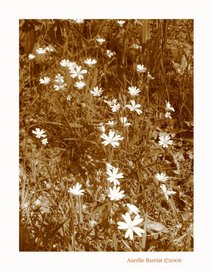
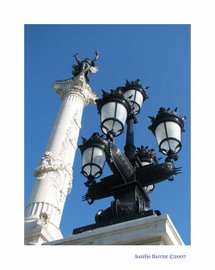
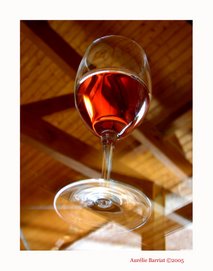
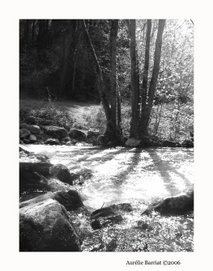
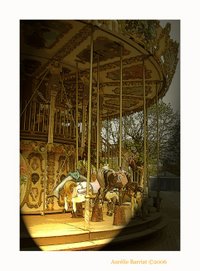
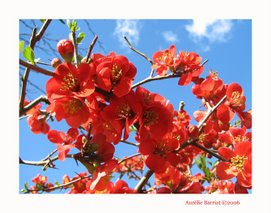
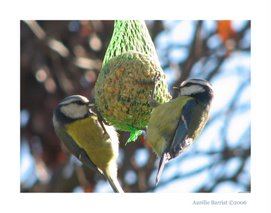
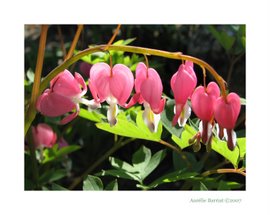

No comments:
Post a Comment